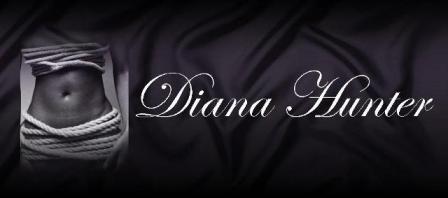As I mentioned in a previous post, I've been learning how to make "junk" journals. I put the name in quotes because I don't really agree with the term, even if I do understand why they're called that. Simply put, a junk journal is one make out of "junk" -- the stuff you'd normally throw away or recycle. At its origin, nothing went into such handmade journals but the papers you could salvage. Things like notebook paper leftover at the end of a semester or year, old ledger paper, magazine pages, old maps...that sort of thing. Often, artists making these original journals would use the junk mail that came, recycling it by covering it with other old papers to make new, firmer, writing surfaces. Hence the term, "junk journal."
By the time I discovered them (a little over a year ago), they had evolved into "vintage" journals. Still called by their original name, the overall look now had turned Victorian and an entire industry had risen up to make faux (fake) advertisements, paper dolls, wallpapers, etc., available to creators.
And the purpose of such journals changed as well, which is still causing some confusion among those who are just learning about this newer art form. While many use the journals for writing, for keeping track of their thoughts and ideas or for making lists, still others use them as a place to collage, as an art book or record of their day through scenes. Which is the right way to use a junk journal? Both of course. All of the above. A blank journal can be used any way you want, no matter what term you use. Junk Journal, Bujo (Bullet Journal), Blank Journal, Art Journal...the use and the construction have become entwined, leading to this confusion.
I prefer the term "handmade journal" although that sounds a bit like something you made in 6th grade. In fact, I've had women stop at my booth and say, "Oh, what a great idea! We could do that with our Girl Scout troop/4-H Club/6th graders!" Thanks, ladies. It took a lot more effort, time, and talent than you think it did to construct that book. Your kids are not going to sew in their own bindings, make their own covers, dye their own papers, or collect their own "junk." Sigh.
That said, learning a new skill is always a positive. As I head into my years as the Crone (the Temptress is LONG behind me, and the Mother is always with me), keeping my brain active as well as my hands busy is important to my mental health. My husband and I have always been creative in some manner: he's a theatre director, a musician, a songwriter, a painter, and most recently, a playwright. I've always written stories, I weave (on a loom), now I also am learning the arts of collage, bookbinding, and journal making.
Why not? It's fun. I think I've spoken before about my mom, who turned her hand from painting by number to liquid embroidery (after having done real embroidery in her teens), moving to painting greenware, then using plastic canvas to create an entire Christmas village as well as several practical items (her napkin holder sits beside my desk since I often eat at my computer). Her hands were always busy, as were my grandmother's before her. My grandmother was a whiz with the knitting needles and not a year went by when we didn't get mittens as we grew up. I still have a blanket she knitted thrown over the back of my couch.
So I'm joining a long line of creativity in my family -- and I've t passed onto my daughter (who, besides painting ceramic pieces for Halloween and Christmas, also makes the best crocheted hats and very cool lap rugs) -- and it's a line I'm happy to be a part of. Keep learning new skills, keep that grey matter from solidifying!
Play safe,
Diana/Cindy

.jpg)
